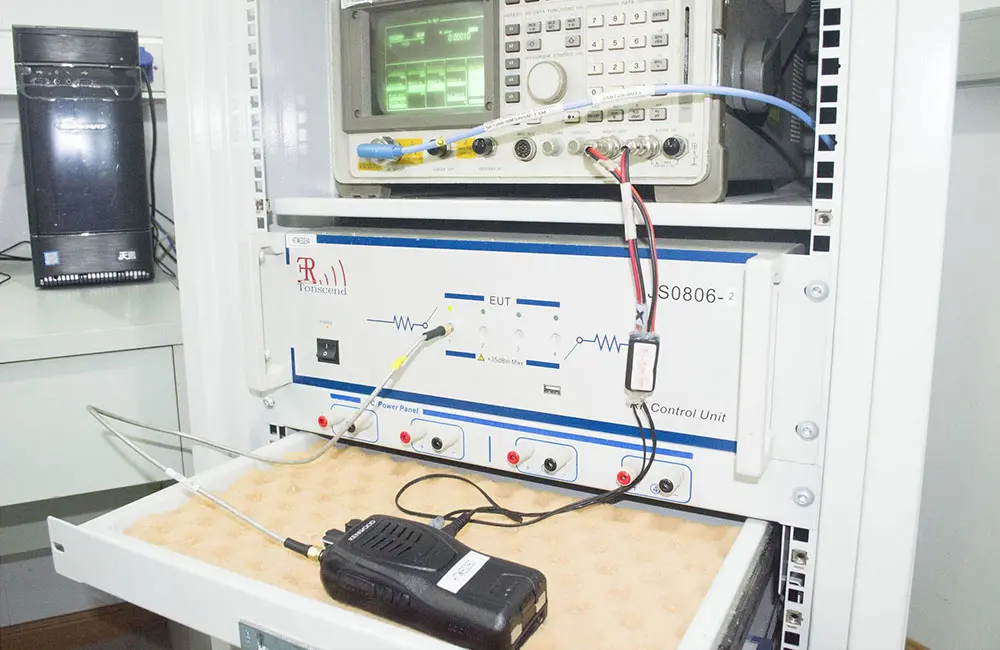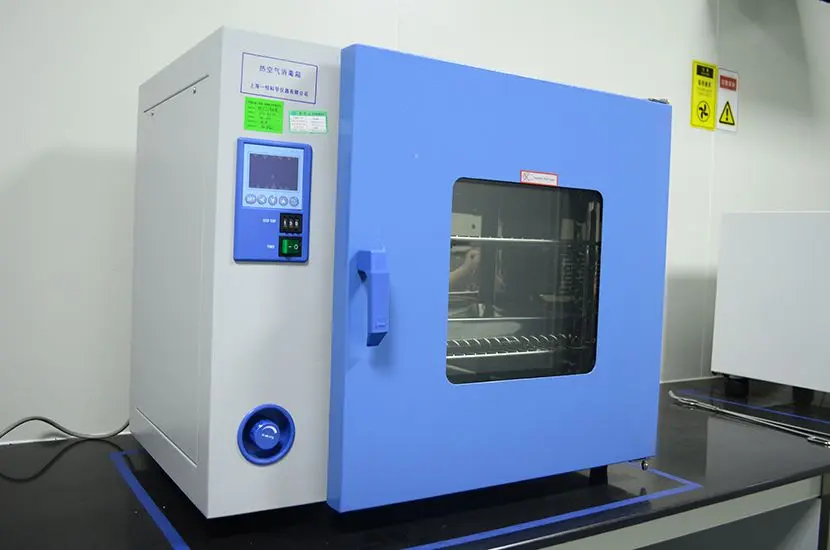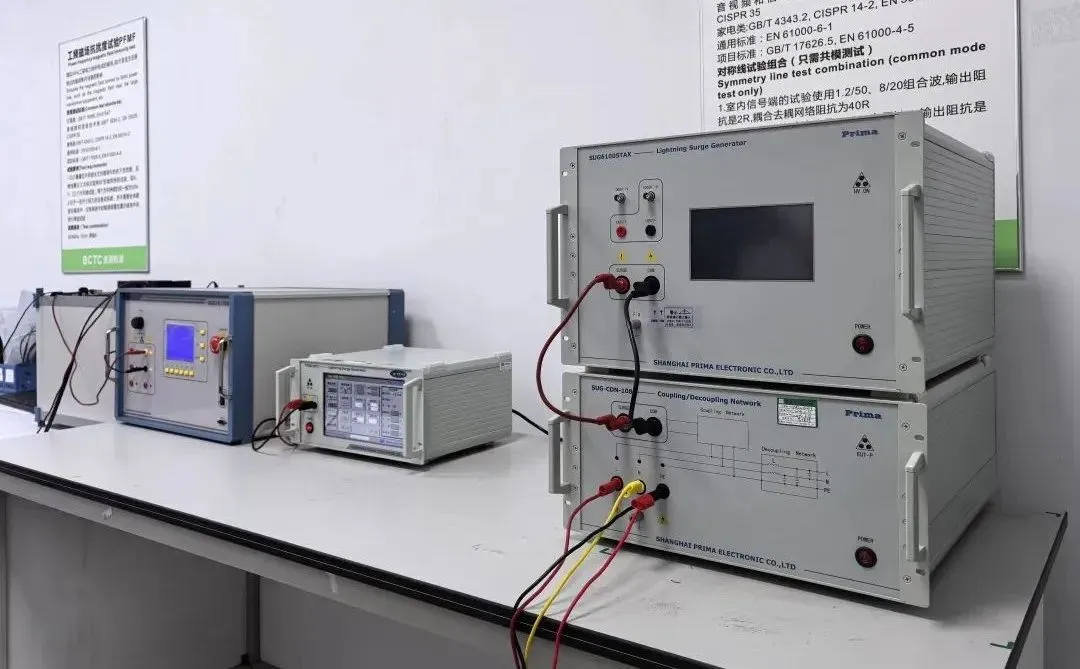
ESD Electrostatic Discharge Testing Standards
What is Electrostatic Discharge Immunity Testing?
Electrostatic discharge (ESD) testing simULates the phenomenon where, in a dry environment (low humidity), human bodies become charged through friction with certain objects. When a charged person touches electronic equipment, electrostatic discharge can occur, potentially affecting the device's operation. ESD immunity testing simulates two scenarios:

- Direct Discharge: Discharge and its effects on the tested equipment when an operator directly contacts the device.
- Indirect Discharge: Discharge through nearby objects when the operator touches adjacent equipment, indirectly affecting the tested device.
The first scenario is the direct discharge in ESD Testing (direct discharge onto the equipment).
The second scenario is called indirect discharge (discharge through vertical and horizontal coupling planes) and its impact on the equipment’s performance.
electrostatic discharge testing Methods
ESD testing evaluates electronic products’ resistance to electrostatic discharge by simulating ESD events. The testing methods include:
- Contact Discharge
- Air Gap Discharge
Different discharge electrodes and voltage levels are used for each type.
Laboratory Test Setup
Standardizing the laboratory test setup is crucial to ensure repeatability and comparability of results. The setup includes horizontal coupling planes, vertical coupling planes, reference ground planes, etc. Materials, dimensions, and connection methods of these components are strictly regulated.
Standards and Regulations
- International Standard: IEC 61000-4-2, which defines the test methods and requirements for ESD immunity of electronic devices.
- National Standard: China’s GB/T 17626.2-2018, which corresponds to IEC 61000-4-2 and details specific ESD testing requirements and methods.
ESD Measurement Range
-30kV to +30kV
ESD Levels
The standards classify test levels into four grades:
- Contact Discharge: 2kV, 4kV, 6kV, and 8kV
- Air Gap Discharge: 2kV, 4kV, 8kV, and 15kV
Purpose of ESD Testing
To verify whether the performance of electronic and electrical equipment meets the relevant international and domestic standards under electrostatic discharge conditions.
Email:hello@jjrlab.com
Write your message here and send it to us
 European Authorized Representative for Medical Dev
European Authorized Representative for Medical Dev
 Low Voltage Testing Services
Low Voltage Testing Services
 Constructive Playthings Foam Block Toys Safety Sta
Constructive Playthings Foam Block Toys Safety Sta
 Prop 65 Textile Testing
Prop 65 Textile Testing
 Environmental Testing for Electronic Products
Environmental Testing for Electronic Products
 Food Packaging Testing Laboratories
Food Packaging Testing Laboratories
 What is CE Certification for Electrical Equipment?
What is CE Certification for Electrical Equipment?
 Requirements for EAC Declaration of Conformity (Do
Requirements for EAC Declaration of Conformity (Do
Leave us a message
24-hour online customer service at any time to respond, so that you worry!




